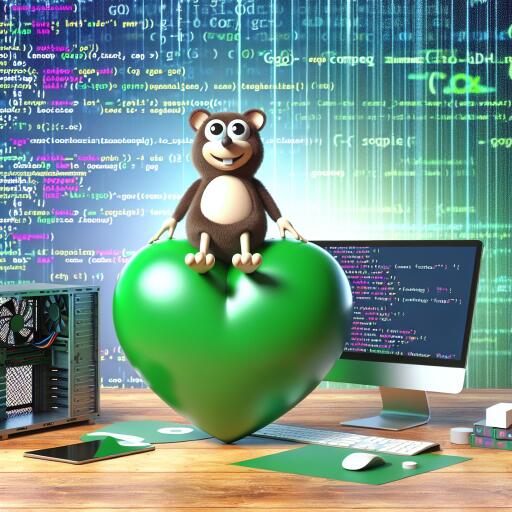Discovering the Charm of Go: A Developer’s Delight
In the evolving landscape of programming, the Go language, also known as Golang, stands out for its community-driven development approach. This unique trait has fostered a rich ecosystem of open-source libraries, tools, and frameworks. For developers, this means easy access to a treasure trove of resources that can boost development speed and help surmount common programming obstacles. The commitment of the Go community to open-source principles— transparency, collaboration, and inclusivity—further cements its appeal among programmers who prize these values.
At its core, Go’s design philosophy emphasizes simplicity, performance, and the integration of modern features, which collectively ensure the language’s relevance and sustainability. The Go development team is constantly at work, refining the language with regular updates that imbue new features and enhancements without tarnishing backward compatibility. This equilibrium between evolution and stability is crucial, allowing Go applications to mature without suffering significant upheavals.
One of the remarkable strides in Go’s evolution is the introduction of generics. This enhancement underscores Go’s commitment to modern programming methodologies by enabling more versatile and reusable code. Generics enrich the language, permitting a greater expressive range while adhering to Go’s hallmark of simplicity. The proactive approach to incorporating such contemporary features signifies Go’s aspiration to remain adaptable to the dynamic demands of developers and the broader tech industry.
The adulation Go receives from the developer community is well-deserved. Its straightforward syntax, efficient concurrency model, and comprehensive standard library render it an excellent tool for developing diverse applications, ranging from sophisticated web services to intricate distributed systems. The perks of Go extend further, encompassing rapid compilation and execution, integrated testing, and profiling tools, plus compatibility across different platforms. These attributes combine to elevate Go’s allure significantly.
Bolstered by a robust community and industry endorsement, including backing from Google, Go’s stature as a premier programming language is unassailable. Its open-source model and community-led evolution guarantee its continuous adaptation and relevance to modern programming trends. As a language that meticulously blends modernity with performance, Go presents itself as a trustworthy, efficient, and pleasurable programming medium. Catering to a broad spectrum of development projects—from crafting scalable cloud-native applications to building high-performance computing systems—Go’s harmonious blend of simplicity and potency secures its position as a favorite among developers across the globe.
In essence, as the realm of programming languages becomes increasingly complex and diverse, Go represents a beacon of efficiency and modernity. Its unparalleled combination of community support, simplicity, and forward-looking features makes it not just a language of the present, but also of the future. For developers in search of a language that offers both productivity and pleasure, Go is indeed the go-to choice.










